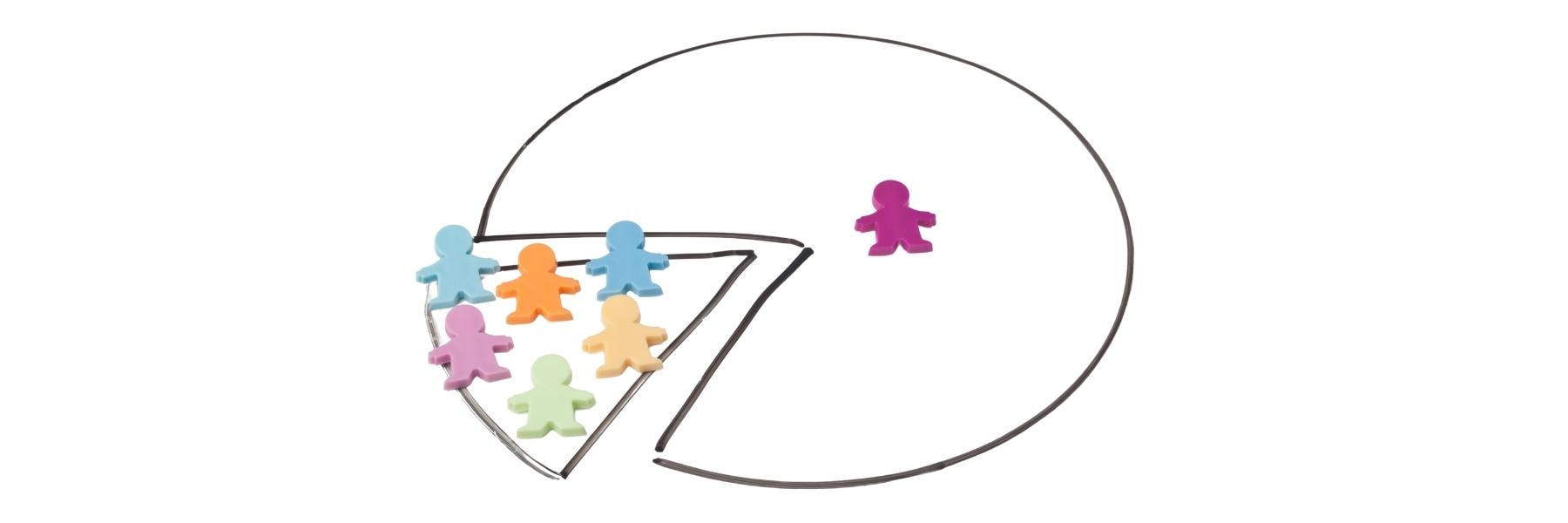While it’s one of the most discussed topics right now, finding a way to create an equitable society is a winding path. The same goes for schools I’m learning, as we become aware of the effects of excluding students from classrooms, such as expulsion or suspension.
Exclusionary practice data, which is one measure of discipline, shows that American Indian/Alaska Native students were 2.28 times more likely to be excluded than their non-Native counterparts. Black/African American students were 2.45 times more likely to be excluded.
The inequity goes beyond race. Students with disabilities in special education were 2.44 times more likely to be excluded than students who are not in special education. Students from low-income homes were almost three times more likely to be excluded than higher-income students.
I wondered why, so I dug around the Office of the Superintendent of Public Instruction (OSPI) resources. OSPI has created a road map for this worthy journey that looks at some of these causes:
- What does the data show? It starts with identifying the problem. Schools do this by analyzing disaggregated data to identify the disparities for specific groups of students at the class, grade, building, and district levels.
- What are the root causes? Is exclusionary discipline being applied for subjective and poorly defined infractions, such as “disruptive behavior,” or “failure to cooperate?” Are explicit or implicit biases playing a part? Do teachers have the training they need?
- Use those answers to create an action plan. Solutions may include identifying professional learning needs that enhance teacher-student relationships, strengthening the school climate, and use of prevention strategies and de-escalation techniques. The solutions can go deeper, incorporating trauma-informed and restorative justice practices, as well as MTSS. The good news is that this work has a positive ripple effect on issues schools face beyond discipline.
NWESD offers support to districts doing this important work through in-person workshops led by OSPI. Recently, participants were led through the first step, the data mining process. In April, participants will work on step 2, conducting a root cause analysis using their own live data. Examples of how to conduct the analysis will be shared. The goal is to begin the development of an action plan to address inequities in discipline, which is step 3.
While the final plan may look different for each school, the ultimate goal for schools, according to OSPI is to “implement evidence-based practices that improve equity in the discipline while keeping students in school, and protect the civil rights of each student.”
As Justice Sonia Sotomayor says, “Until we get equality in education, we won’t have an equal society.”
Equity in Student Discipline Pt. II
Thu, April 20 2023 8:00 AM – 4:00 PM
Resources:
OSPI website, Equity in Student Discipline | OSPI (www.k12.wa.us)
Discipline Equity Training and TA Overview (www.k12.wa.us)
Identifying Strategies to Promote Equity in School Discipline (ed.gov)
Discipline Disparities | School Discipline Support Initiative (supportiveschooldiscipline.org)
Preventing and Addressing Discrimination in Student Discipline Guidelines for implementing Washington’s Equal Educational Opportunity Laws: Chapters 28A.640 and 28A.642 RCW and Chapter 392-190 WAC October 2019 Equity and Civil Rights Office Office of Superintendent of Public Instruction




